“If the Saint calls you, if you have an open road, then you don’t feel the fire as if it were your enemy,”
Dating back to Pagan times, the Anastenaria is a traditional ritual ritual of fire-walking celebrated in a few places in Northern Greece and in southern Bulgaria, where Greek descendants from Thrace settled in 1923. Every year the Bulgarian and Greek villages if Aghia Eleni near Serres, Langada near Thessaloniki, Kerkini near Serres, some villages on the coast of Evros River and a singular small village near the city of Drama perform this unique annual ritual.
The central figures of the tradition are Saint Constantine and Saint Helen, but all the significant days in this cycle coincide with important days in the Greek Orthodox calendar and are related to various Christian saints.
Along with the fire-walking ritual, the 3-day festival has various processions, music, dancing and an animal sacrifice. On the eve of the feasts of Saints Constantine and Helen, while trance like rhythms of beating drums sound in the background, the Anastenarides take part in dances during which they believe that they are “seized” by the saints, and enter a state of trance. During this trance, they carry the icons of saints Constantine and Helen and dance ecstatically for hours before walking barefoot across hot coals that can reach as hot as 535 degrees Celsius.
The roots of this tradition are seeped in mystery and a bit of controversy as well. The Anastenarides say that the origin of the ritual lies in a fire which took place at Kosti, near the Black Sea in the thirteenth century which set ablaze the church of Saint Constantine. As the empty church burned, the villagers claimed to hear cries coming from the flames and believed that they were the voices of the saints calling out for help. The villagers who braved the flames to rescue them were unharmed, being protected by the saints. Neither the human protectors nor the icons were burned or hurt in any way. This occurrence prompted the annual celebration which the Anastenaria holds to honor their safe delivery.
However, many scholars do not believe this to be the true origin of the Anastenaria rituals. It is largely believed that the ceremony is the survival of an ancient Thracian Dionysian ritual which was later given a superficial Christian interpretation to help receive a better reception from the Greek Orthodox church, which does not support the rituals as they are viewed as pagan. This hasn’t stopped the Anastenarides from celebrating their age old tradition.
The two major events in this cycle are two big festivals, one in January and particularly one in May, dedicated to these two saints. Each of the festivals lasts for 3 days and involves various processions, music and dancing, and an animal sacrifice. The festival culminates with a firewalking ritual, where the participants, carrying the icons of saints Constantine and Helen, dance ecstatically for hours before entering the fire and walking barefoot over the glowing-red coals, unharmed by the fire.
Each village community of Anastenarides is headed by a “group of twelve” who, on the eve of the saints’ day, May 20 Saint Constantine and Saint Helen, gather in the “konaki”, where their holy icons are placed, as well as the “signs” of the saints (semadia), and votive offerings. These are draped with large red kerchiefs (simadia), which are believed to possess the power of the icons.
On the morning of the Saints’ day, May 21, the gather at the konaki and proceed to a well to be blessed with holy water, and sacrifice animals. The rules about the nature of the beasts to be slain are precise, but differ from village to village.
In the konaki they work themselves into a trance-like state through hours of devotional dancing to the music of the Thracian lyre and drum. The main aspect of this festival is at night, when they firewalk. In the evening a fire is lit in an open space, and after dancing for some time in the konaki, the “anastenarides” go to it carrying their ikons. After dancing around it in a circle, individual anastenarides dance over the hot coals as the saint moves them.
They make a huge fire, and when it is down to extremely hot coals, some of them (only some people are “called” to do this) walk and dance on the fire. They believe that during the dance they are “seized” by the saints.
The next day, a ritualistic sacrifice of animals takes place. After lunch the Anastenarides gather again and resume their dancing. A candle is lit from one of the oil lamps in front of the icons, and is used to light a bonfire. When the wood burns, coal is spread down.
Here is a personal account of the experience:
It’s dark outside. The moon hangs in the sky and the soft smell of smoke permeates the warm air as it stings your eyes. Looking down, you notice the glow from burning coals, as hot as 535 degrees C, scattered on the ground below. The trancelike rhythm from the beating drums fills your ears as the Patron Saints Constantine and Helen are honored in the town of Agia Eleni in Northern Greece.
he whole village surrounds you and they share in your moment, as the richness of the surrounding imagery and importance of the ritual consumes the senses. You are in a sublime state of ecstasy as the glowing coals lay before you. But, will you walk across? When Saint Constantine calls you to become a firewalker – you answer – at least if you are one of the Anastenaria.
Initially the Anastenarides dance barefoot around the hot ashes, but when the saints moves them, individuals run across the burning coals. Sometimes devotees kneel down beside the fire and pound the ashes with the palms of their hands. This continues until the ashes are cool.
During the next two days, the Anastenarides proceed around the village visiting each house. On 23 May they conclude with a second dance over the fire, although this one is in private and not for tourists.
The ritual is also performed in January, during the festival of Saint Athanasius, and fire-walking is done indoors.
Sources:
Krazelna: Day of Hekate
Krazelna: Day of Hekate
Krazelna: Day of Hekate
Rachel V Perry: Emancipation Day
Rachel: The Nemesia
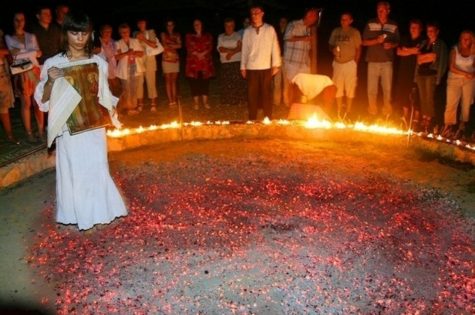
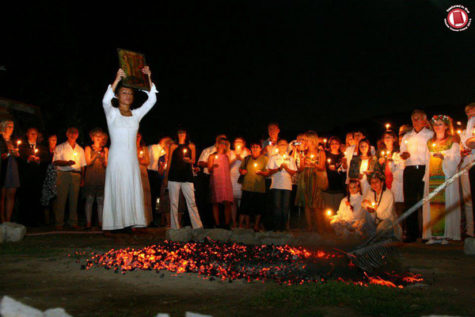
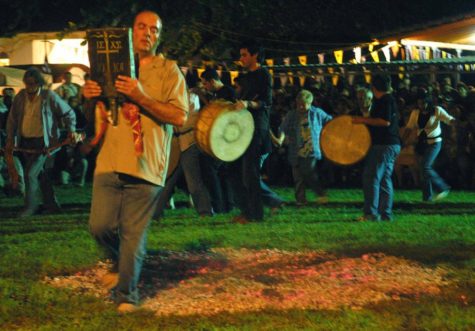
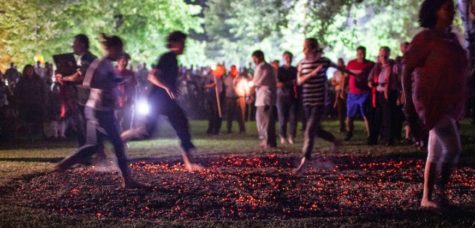

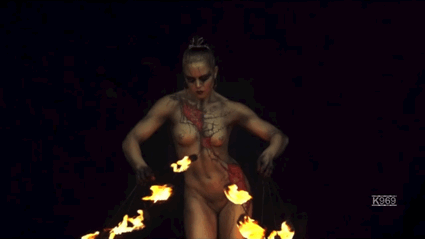
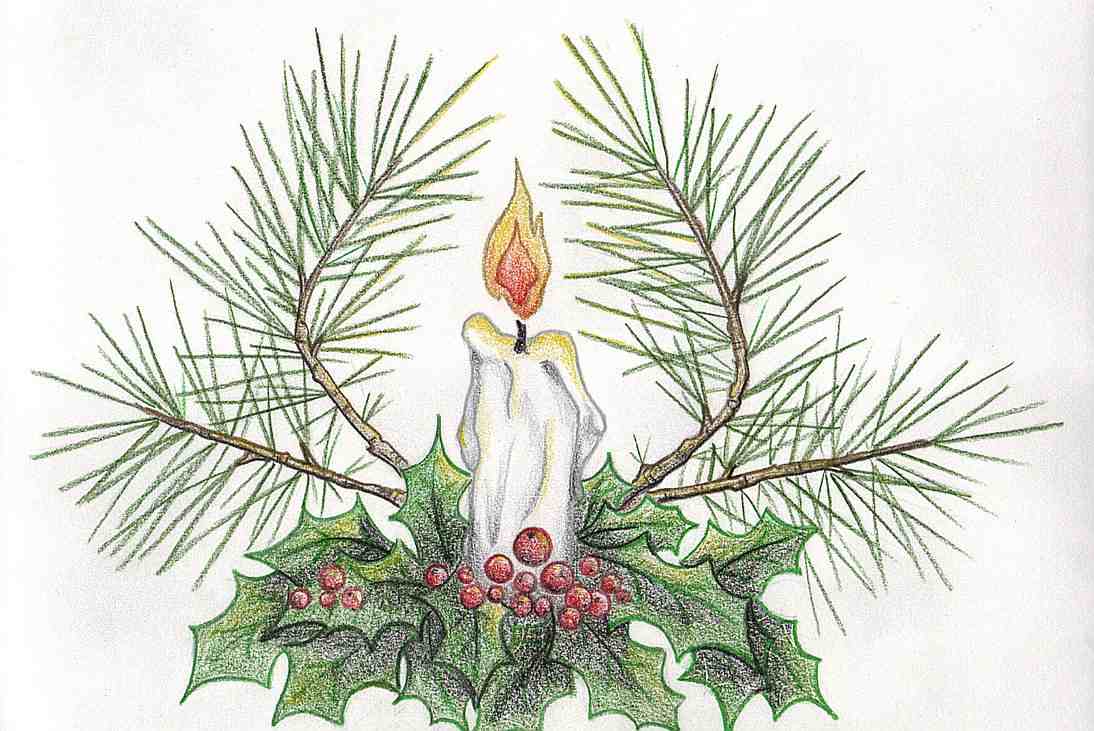
Leave a Reply